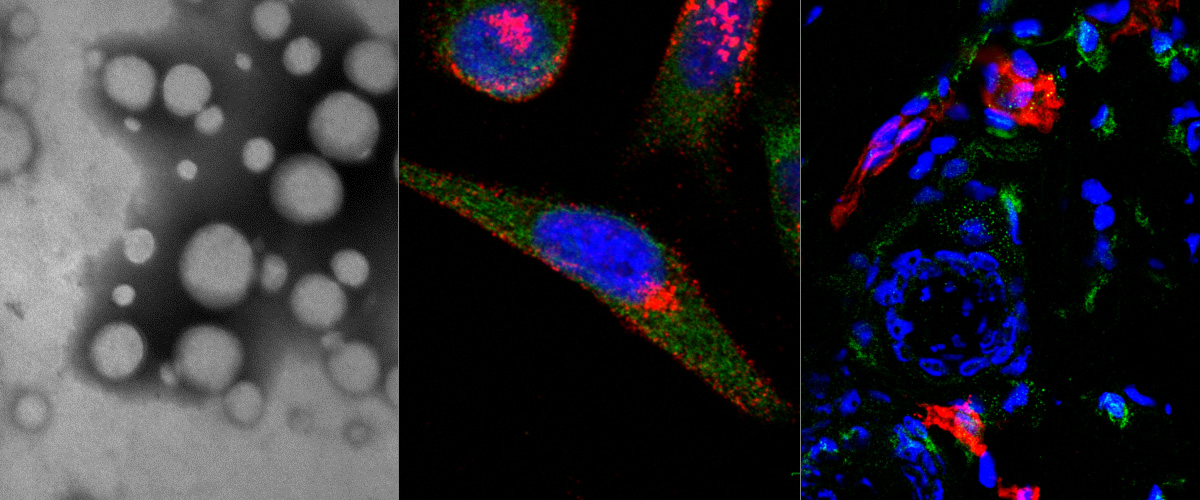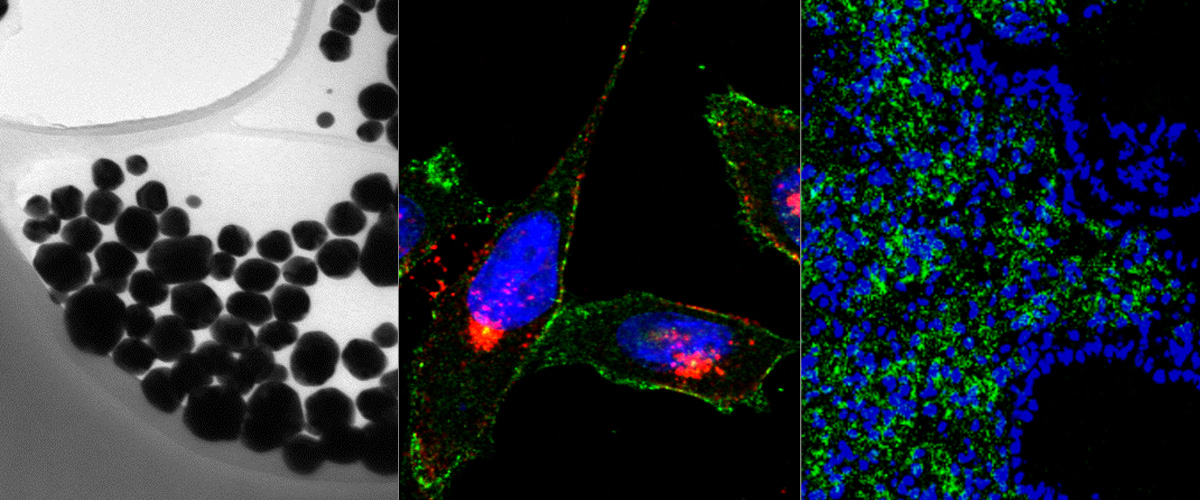Project Name: Development of tissue penetrating peptides for targeted drug delivery
Annotation: Limited extravasation of drugs is particularly relevant to cancer therapy, as solid tumors have a high interstitial pressure, presumably because tumor blood vessels tend to be leaky and lymphatic vessels poorly functional. We have identified tumor-homing peptides that effectively and specifically penetrate into tumor tissue and can carry an attached cargo, such as a drug, antibody, or nanoparticle deep into extravascular tumor tissue. These peptides contain both a tumor-specific homing sequence and a tissue-penetrating and cell-internalizing C-end Rule (CendR) motif. The CendR drug delivery platform has significant translational potential. First, more drug can be delivered than using a standard regimen. This means better efficacy and reduced side effects. Second, the procedure can help to solve the tissue penetration problem by achieving deeper and more even drug distribution in target organs than is possible with conventional delivery. Third, a major limitation of synaphic targeting, that the maximum capacity of the delivery is limited by the availability of receptors for the targeting probe, can be circumvented. Finally, the fact that the drug does not have to be conjugated to the peptide means that once a CendR peptide has been clinically validated, its use in combination with other drugs will be greatly simplified.
Specifically, we propose
• to perform in vivo screens using phage libraries containing cryptic CendR to expand the repertoire of CendR peptides specific for tumors and normal organs
• to define the molecular pathway of the CendR-induced transport and to identify protease(s) that activate cryptic CendR elements
• to optimize the ability of the peptides to selectively increase tissue permeability in target tissues
• to test selected peptide-anti-cancer drug combinations in treatment studies.
These studies will lead to improved understanding of the molecular pathway of CendR-mediated tissue penetration, will define the optimal conditions for CendR-mediated tissue penetration, and will expand our arsenal of CendR peptides. A major advance in targeted drug delivery could ensue.
Funding: current




